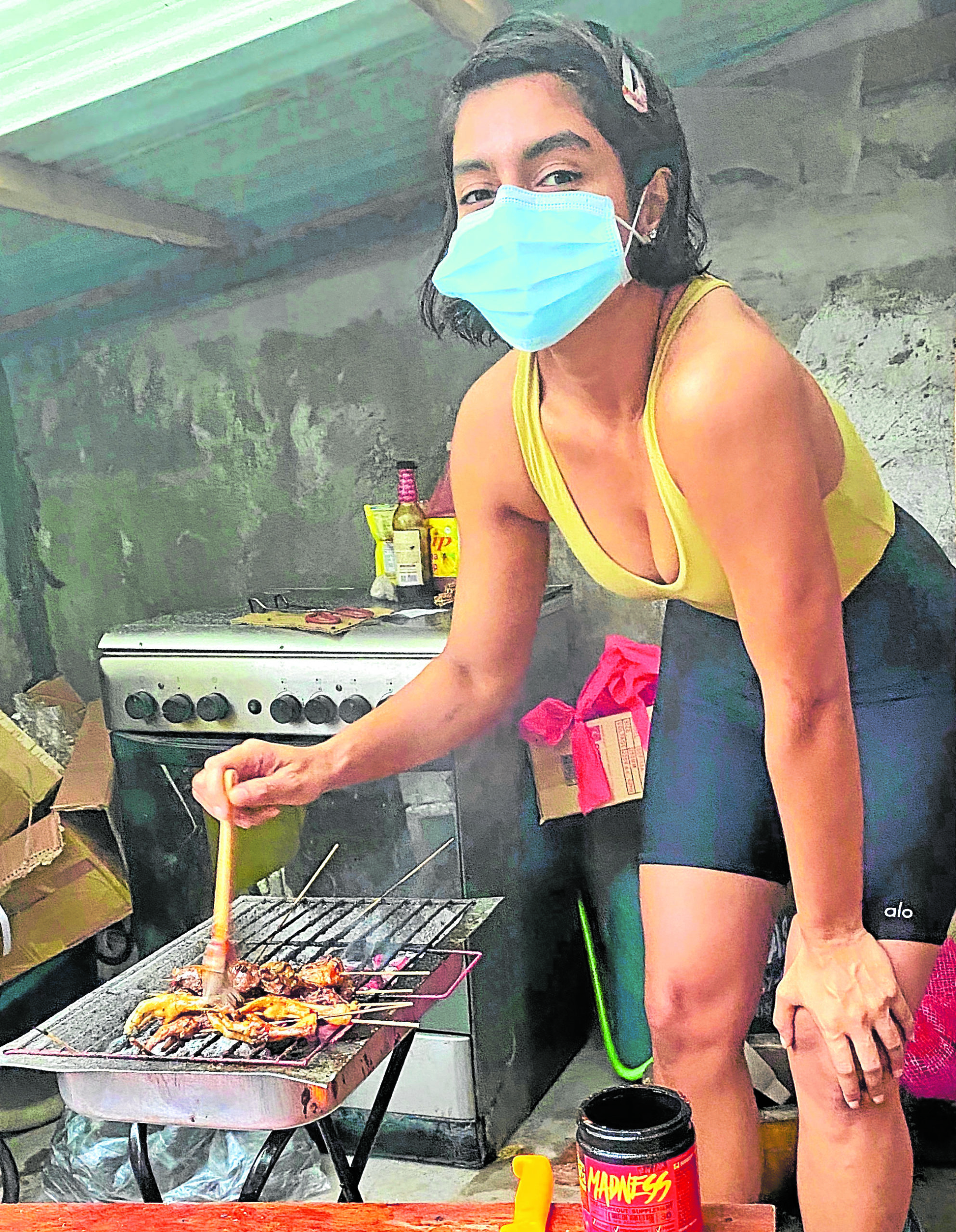Using competencies, processes to pivot your business
I recently studied how 45 companies in 17 countries pivoted their businesses during the COVID-19 crisis, the type of pivot that is not just temporary (face mask production, etc.) but will sustain them, and in fact can become another or remain as a business, even after a lockdown.
For so-called nonessentials, to pivot was a matter of survival—to protect cash, gain new revenue sources, continue operations and help employees. One of the findings is that progressive companies did not just rely on their traditional way of expansion (from core to the periphery), nor did they have the usual three day-two night strategic planning ritual. Out of necessity, they pivoted quickly using existing competencies (their strengths) to launch new (and relevant) initiatives.
Here’s an example of how my former seminar participant, Angely Dub, who has been managing Access Travel for the last 10 years, pivoted during these times. As part of creating awareness for her travel services, she regularly posts her travel experiences on YouTube where she promotes nontraditional destinations. With over 200,000 followers on her social media platform and years of relationships strengthened by personal service, she decided to use this expertise to launch Bulilit Kitchen, delivering Pinoy street food (isaw) that has expanded quickly to provide employment to some 20 people, while waiting to organize her next tours.
Sensing an unmet need in Filipino street food, she chose various types of barbecue-on-a-stick delivery service during COVID, satisfying the demand and the craze after extended enhanced community quarantine, while promising hygienic food practices. She has since expanded to seafood and meat using the same delivery channel.
Many entrepreneurs have blind spots, limiting themselves to their periphery. Not Angely—she knew it would take a while for international travel to reach its former peak, not until vaccines are formulated, and only after the hassle and extra cost of quarantine are removed. So she relied on her instinct, Pinoy street food delivery, then linked it to her brand purpose, “delivering happiness,” whether through tours or hygienic Filipino street food.
It is not to say that travel and street foods are totally unrelated, as there is another way to innovate called “zoom in,” meaning, focusing only on a part of the entire product or service if the main offer will not work. YouTube started as an online dating site, where people need to upload videos to introduce themselves. The online dating concept didn’t work and was quickly abandoned, but the ease of use in uploading videos in their platform was a defining strength, a zoom-in opportunity that has made YouTube the biggest video-sharing platform in the world. In the case of Angely, a zoom-in would remind us that when people travel, part of the experience is the consumption of food in that place, including the delicious and hygienic street food of some countries. So why not zoom in on street food, as part of their good memories?
The next time you cannot operate and need to pivot, think of competencies, as well as the zoom-in process. There are more ways to pivot. Continuum Academy has a free video, “8 Things to Evaluate in Your Business Model,” to help you think about the bigger business picture while zooming in. Competencies are part of soft asset, which in turn is part of key resources, which in turn is part of the 11 building blocks of a business model. There are also other free webinars, a free marketing inspiration festival and a free conference for displaced employees and entrepreneurs, “From Cut Back to Come Back,” along with other events with minimal fees. Visit their website. Continuum Academy itself is a pivot of training and consulting firm Mansmith and Fielders Inc. —CONTRIBUTED

